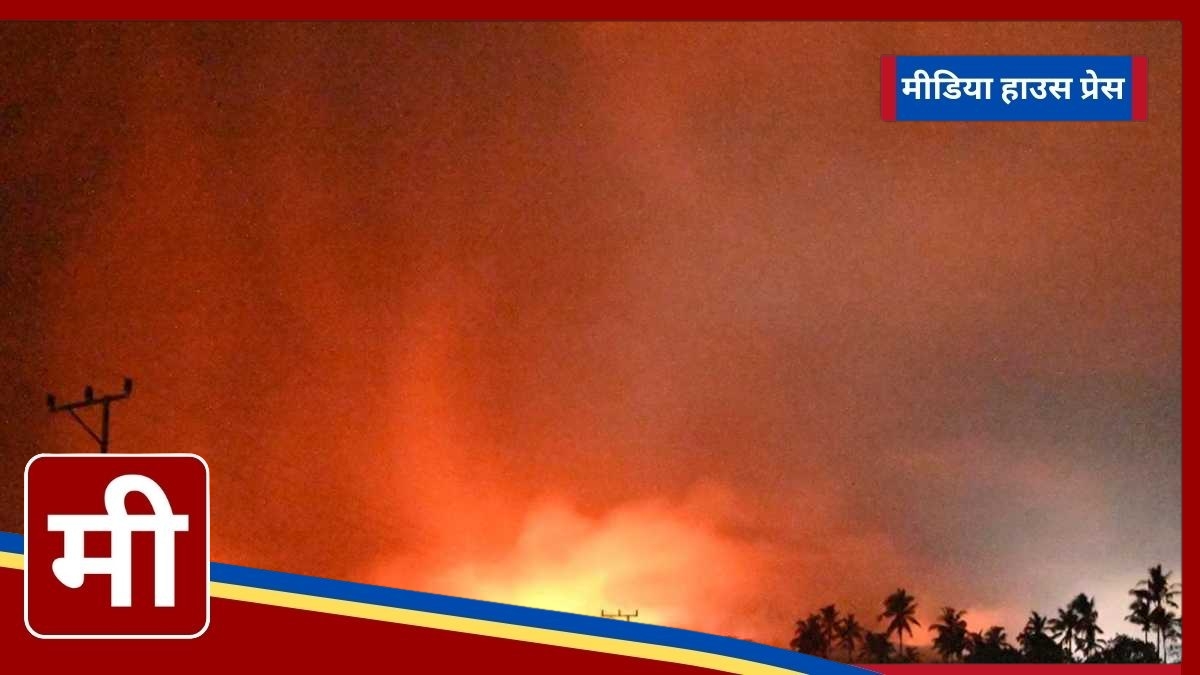Catastrophic Eruption in Indonesia Mount Lewotobi Kills 10, Forces Thousands to Flee

The eruption struck around midnight, ejecting a 2,000-meter (6,500 feet) column of ash into the sky and raining hot debris over nearby villages. Entire communities, including a Catholic convent, have suffered immense damage as the fire consumed homes and blanketed landscapes with thick volcanic ash. Firman Yosef, an official at Mount Lewotobi’s monitoring post, reported that volcanic material was thrown as far as 6 kilometers (3.7 miles) from the crater, forcing residents to evacuate immediately.
Search and Rescue Amidst Dangerous Conditions
Rescue workers are actively searching for those trapped under collapsed buildings. Many of the deceased, including a child, were found within 4 kilometers (2.4 miles) of the volcano’s crater, according to Abdul Muhari, spokesperson for Indonesia’s Disaster Management Agency. More than 10,000 residents across the districts of Wulanggitang and Ile Bura have been affected, with many fleeing to relatives’ homes, while local authorities set up temporary shelters in schools.
Heightened Alerts and Expanding Danger Zones
Indonesia’s Volcanology and Geological Disaster Mitigation Agency swiftly raised the alert level for Mount Lewotobi to the highest tier, and expanded the exclusion zone to 7 kilometers (4.3 miles) due to ongoing eruptions. This elevated alert highlights the risk of additional volcanic activity, further prompting evacuations and emergency preparations in surrounding areas.
The eruption hit particularly close to home for Agusta Palma, head of the Saint Gabriel Foundation, which oversees a convent in Hokeng Village. Palma revealed that one nun perished, and another remains missing, as residents and clergy were forced to flee into the night amidst a “rain of ash.”
Shocking Footage Reveals Scale of Destruction
Photos and videos shared on social media show homes covered in volcanic ash up to their rooftops. Hokeng Village and others nearby appear blanketed with ash and debris, while molten material from the eruption has caused extensive fires, consuming entire structures in its path.
Mount Lewotobi Lakilaki is one of two stratovolcanoes in East Flores District, locally nicknamed as “husband” and “wife”—with Lakilaki meaning “male.” Its counterpart, Mount Lewotobi Perempuan, or “female,” remains closely monitored by authorities.
Past Eruptions and Evolving Risks
Earlier this year, Mount Lewotobi Lakilaki erupted in January, triggering massive clouds that forced the closure of the island’s Frans Seda Airport. Although no fatalities were reported at the time, increased seismic activity has kept the airport closed ever since. Geological experts from Indonesia’s Ministry of Energy and Mineral Resources noted the recent eruption’s distinct nature compared to January’s, attributing it to a buildup of magma pressure in the crater.
Muhammad Wafid, head of the ministry’s Geology Agency, explained that these eruptions since Friday are “a result of hidden energy buildup.”
Ring of Fire and Constant Threat of Eruption
Indonesia’s archipelago is home to 120 active volcanoes and sits along the Pacific Ring of Fire, a horseshoe-shaped seismic belt known for frequent earthquakes, landslides, and volcanic activity. Just last week, Mount Marapi in West Sumatra also erupted, blanketing nearby villages in thick ash, although no casualties were reported.



